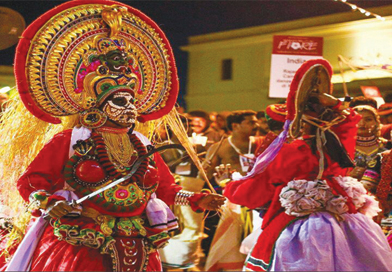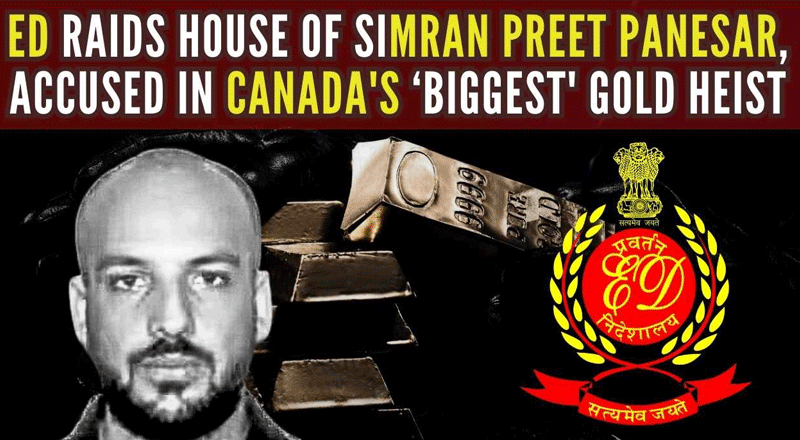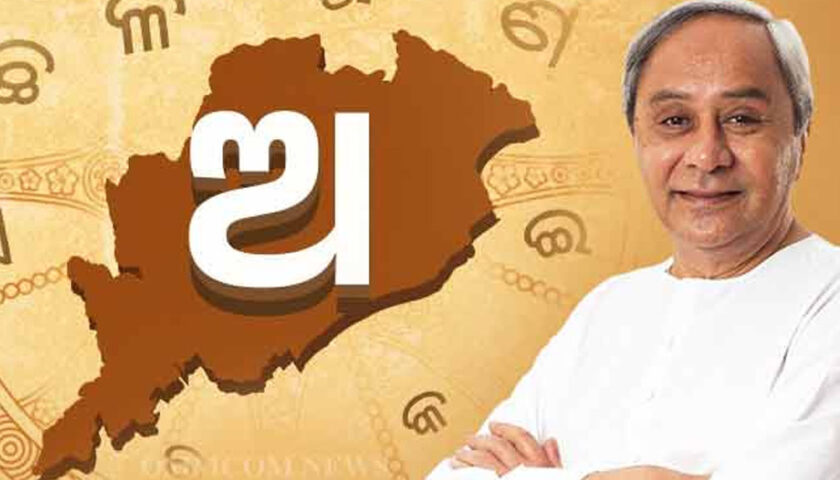Sector in which the Project is covered:
The project is being implemented in the state of Kerala as the region is rich in performing arts. Although there are several art forms seen in different places of Kerala, some are frequently practiced in some districts of the state than the other. The following seven districts/areas are identified with specific art forms and the project is implemented in these districts:
- Theyyam: Kannur and Kasargod
- Mangalam Kali: Kannur and Kasargod
- Sinkari Melam: Kannur, Kasargod, Palakkad, Kozhikode, Wayanad and Malappuram
- Mural Painting: Kannur, Kasargod, Wayanad, and Kozhikode.
- Puppetry: Palakkad District
- Kathakali ; Kasargod, Kannur, Kozhikode, Wynad and Malappram districts
- Koodiyattam ; Kasargod, Kannur and Kozhikode districts
Implementation Partner (Project implementing agency): FOLKLAND, International Centre for Folklore and Culture, Kerala
Procedures adopted for selection of the implementation partner:
FOLKLAND, International centre for folklore and culture, an institution for the promotion of folk arts and culture was established under Indian Societies Act in 1989. The main philosophy guiding the institution is to delve deep into Kerala’s cultural roots and preserve its varied heritage for posterity. It strives to study the folksongs, dances and other performing arts of Kerala. Folkland has passed through various stages of growth especially in the field of performance, production, exhibition, documentation and research. Folkland organizes workshops, Seminars and festivals in Kerala and outside.
In brief, the procedure adopted as follows – the issue was identified and the literature involved with it was reviewed. Proper research was done about the NGO and its implementing persons to take a call.
After that, Dorf Ketal had an interaction with FOLKLAND about the issues and invited a project proposal from them with all of their legal documents and annual reports. The NGO has been found to be having a responsible governance and financial sustainability with credibility.
After assessing the proposal and cost implication, Dorf Ketal paid a visit to the project site to do the due diligence and to understand the issue in details. Thereafter, the report was submitted to its CSR Committee for their approval.
Project Budget: Grand total for all projects: Rs. 88, 72,000/- pa. X 3 yrs. (it will be increased if required)
Project Duration: The duration of the project shall be 3 years in total (as the optimum result can be obtained in the long run).
Base Line Survey/Study conducted:
As part of the baseline survey the project team prepared a questionnaire based on the following objectives to gather information regarding the current status of the art forms and living condition of the artists –
- To understand the possibility of survival of the art forms
- To understand the attitude of young generation towards the art forms
- To evaluate the current status of performing art forms in the society
The questionnaire consisted of 25 questions prepared in the vernacular language as the sample.
The project team has done an extensive review of the available literature on the art forms. In the case of Kathakali, it was identified that the present approach, understanding and handling the ancient cultural assets have totally changed in the present modern society. One of the basic causes of this is the practical factors like present lifestyle, living in the metropolitan atmosphere that is entirely different from the earlier life pattern. These days’ performances, which once lasted up to eight hours in order to tell the entire religious story, have been reduced to around two hours to cater to modern audiences. Although foreign tourists in Kerala pay up to Rs. 30,000- Rs. 50,000 ($430-$720; £300-£500) to watch a performance, junior dancers earn between 1,000-2000 rupees.
The project team had visited Guru Sadanam Balakrishnan at Kannur and had a discussion about carrying out the project. The team has also distributed questionnaires to the artists and is awaiting their responses.
In order to collect information regarding the present status of Tholpavakoothu, few of our team members visited some Tholpavakoothu artists in Palakkad district. From interviewing them, the team has identified the following reasons behind the perilous situation of Tholpavakoothu –
Kooth artists are not getting enough income from the performances. Though they are putting huge amount of effort, they hardly get what they deserve. Tholpavakoothu demands by hearting thousands of verses, dedicated and continuous practice and often performers won’t be able to sleep for nights. The new generation is not willing to put in much effort as they won’t be able to make their living out of Tholpavakoothu. Also they need to learn Tamil and Sanskrit to be efficient koothu artists for which they don’t have time and patience. Tholpavakoothu is seasonal which happens for three months in a year.
Once the festivals end, there is no demand for kooth artists. So they remain jobless for the rest of the year. The influx of people who are willing to perform koothu for cheap wages is a major reason behind the pathetic condition of Tholpavakoothu. Because of the influence of media, there is a large drop in the number of viewers for Tholpavakoothu. Also there are only very less people to comprehend puppetry. Nowadays intense debates do not happen in puppetry and the ones done are for namesake.
Grounds for selection of beneficiaries:
Correct target cannot be measured as the art form is practised widely across the state. Nearly 2,00,000 people will be benefited through the project. The estimated number of people going to get benefited from the project is given below
- Theyyam: 1,00,000
There are a big number of people performing theyyam in the northern most districts of Kerala. Theyyam is often associated and practiced by people belonging to certain caste in Hinduism – Malayar, Pulaar, Velar, Mavilan, Kovalan and Vannan. The project will identify people through their community leaders and will specifically select around 15,000 to 20,000 people from each group. - Mangalam kali: 5,000
The population is identified through community leaders as the art form has its reach in two districts of Kerala – Kannur and Kasargod. - Shingari Melam: 40,000
The project has identified women who like to take up this art form for self reliance and empowerment through the well established system of ICDS and Kudumbasree and other community organizations. - Mural Painting: 500
The project will invite people who are interested in painting from the targeted districts and will select the best suited ones for the training. - Puppetry: 50
It is a family based art form. The project has identified the family through field visits. - Students: 50,000
Students are important beneficiaries of the project. The team has taken the list of schools and colleges from the target areas, further contacted the authorities and sought permission for conducting classes. The project identified 50,000 school children in class 8 to 12 from various Higher Secondary schools in Kerala. They will be given both education and training about the art forms and will enhance their skill base to create in them an interest for the art. - Kathakali –Target audience (students, tourists and others) 1,00,000 for each year and direct beneficiaries 250 artistes.
- Koodiyattam – Target audience (students, tourists and others) 50,000 for each year and direct beneficiaries 100 artistes
Assessment / Evaluation conducted:
1. Monthly progress report of the project
2. Quarterly project review
3. Quarterly financial statement
4. Monthly site visit to assess the project n




